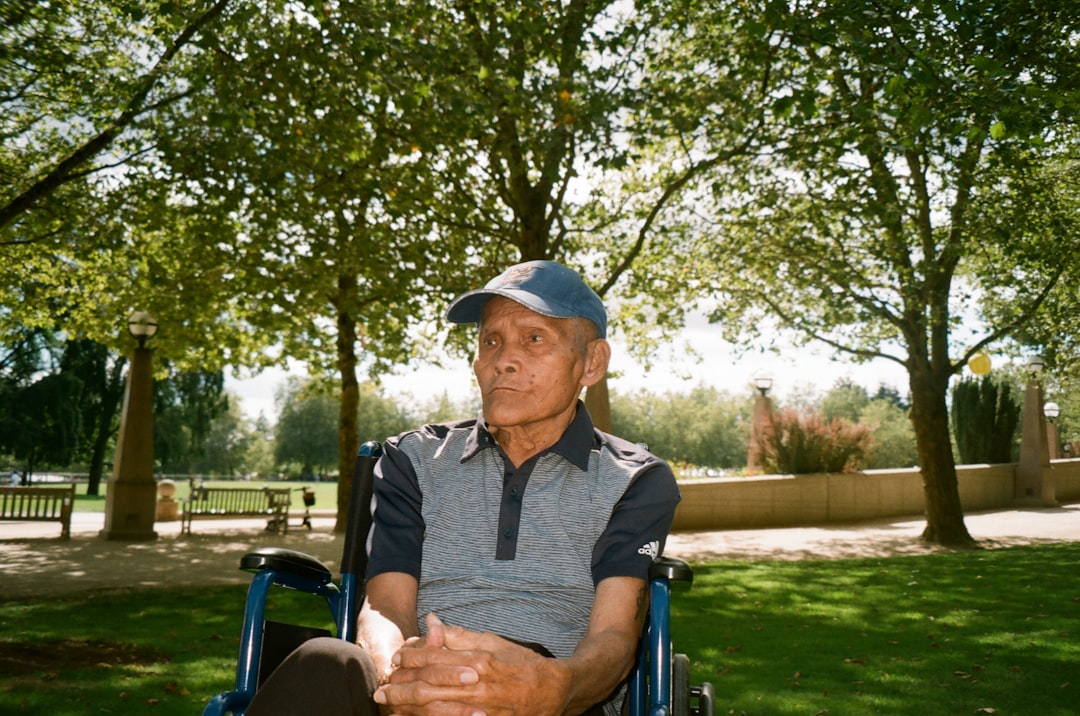What is it about?
Wildfires are part of natural ecosystems, but urban sprawl into wildland areas created what we now call the Wildland Urban Interface (WUI). We looked at all the buildings that were destroyed in wildfires between 2000 and 2010 in the conterminous U.S. and showed that variables related to topography and the spatial arrangement of buildings are more influenceable than vegetation-related variables. In other words, specific locations in the landscape have a higher fire risk, and certain development patterns can exacerbate that risk.
Featured Image
Why is it important?
Fire policies and prevention efforts focused on vegetation management are important, but insufficient to solve current wildfire problems. Furthermore, the factors associated with building loss varied considerably among ecoregions suggesting that fire policy applied uniformly across the United States will not work equally well in all regions and that efforts to adapt communities to wildfires must be regionally tailored.
Perspectives
The interesting part for me is that despite this being a National analysis where the access to information that we know is important, such as building materials, mitigation efforts, and fire fighting efforts, wasn't available, the results still point to the same direction as other more localized studies. Location matters, where your building is in relation to other buildings matters, and probably the variability we weren't able to explain in our models is most likely related to mitigation efforts done prior to the fire. And that's good news!
Dr Patrícia M Alexandre
Dane County, Wisconsin
Read the Original
This page is a summary of: Factors related to building loss due to wildfires in the conterminous United States, Ecological Applications, September 2016, Wiley,
DOI: 10.1002/eap.1376.
You can read the full text:
Contributors
The following have contributed to this page










